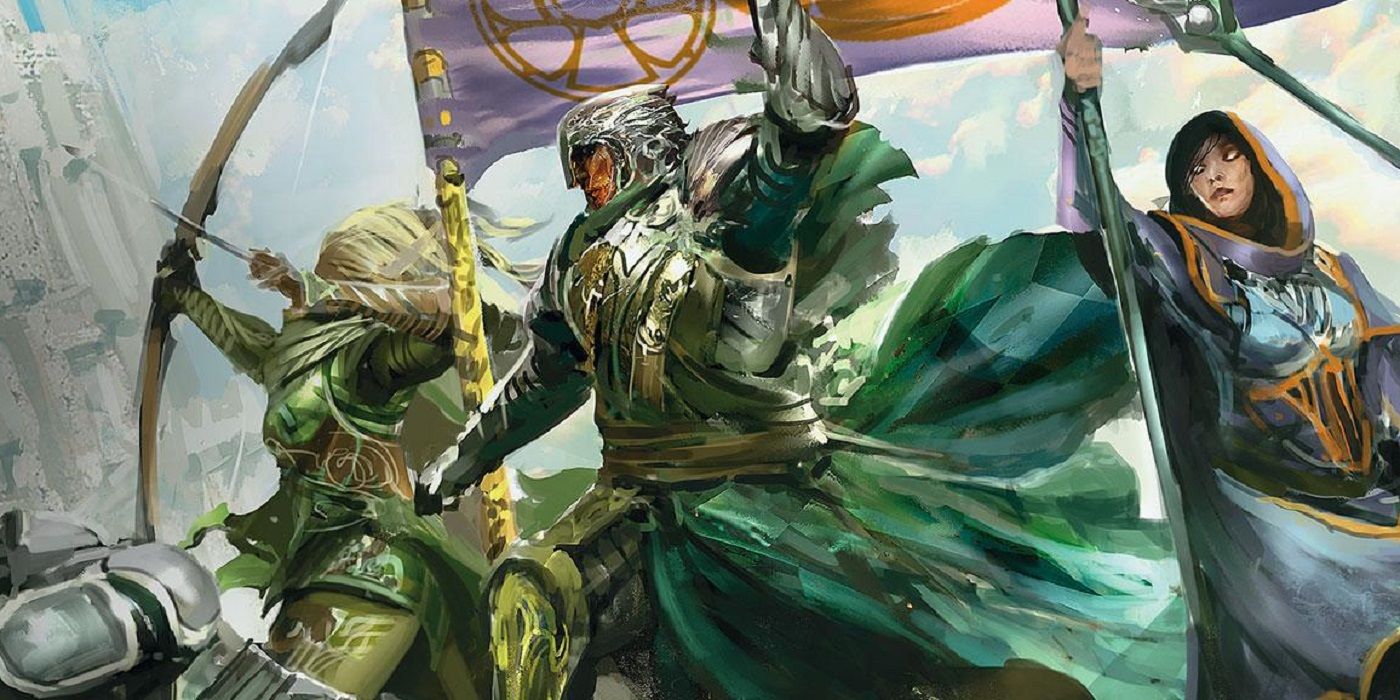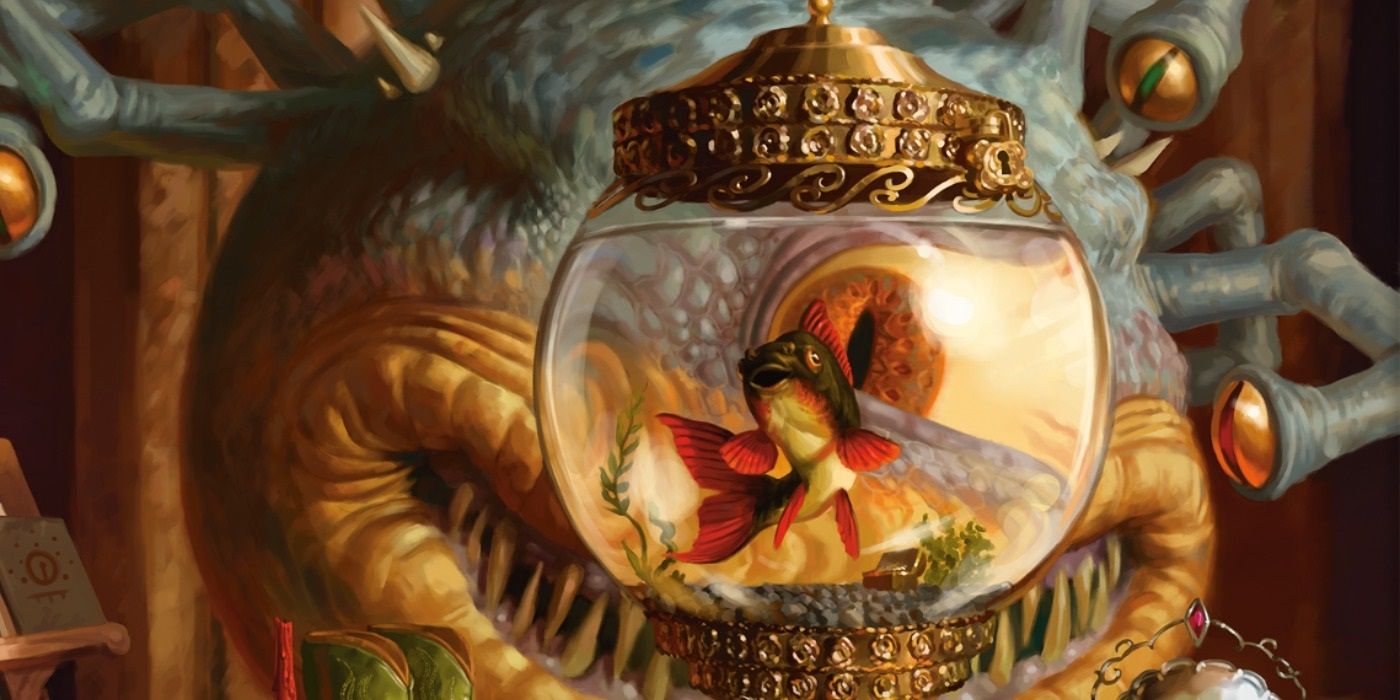Picking classes is a crucial first step in setting up a party for a Dungeons & Dragons campaign. Each class has benefits and setbacks that players will need to navigate both on their own, and in the party setting. While players should always choose the class that best suits their desires for a campaign, sometimes it can be helpful to check with the Dungeon Master or confer with the other players, to help ensure there is a good balance of strengths presented by each character. Thanks to the numerous Dungeons & Dragons class choices, there are several complementary combinations for players to consider when getting started.
Gameplay during a Dungeons & Dragons campaign can present a number of different challenges. The party may need to battle a horde of armored gnomes to get into an underground dungeon or dispel hidden spells to prevent triggering a trap. The adventure could take players away from big cities, limiting access to supplies and healing options, or have characters locked in a battle of diplomacy to overthrow a corrupt ruler. To handle each of these situations with an advantage, the party will need characters with diverse skill sets that can be found across each of the D&D classes.
A good option for a party of three to four players is the Wizard, Cleric, and Fighter D&D class combination. In a three-party group, this gives players access to magic, healing, and strong attacks. To add to this, both Clerics and Wizards can do well in combat, though they don't have the attack bonuses of a Fighter. In a four-party group, a second Fighter can be especially helpful, as it allows the party to do plenty of damage during encounters, while still having access to healing and attack magic. Clerics can also do well in social settings, while Wizards have high intelligence, making them useful for Perception checks and solving puzzles.
Dungeons & Dragons Party Combinations Depend On The Campaign Type
Another complementary combination is the Barbarian, Bard, and Ranger. The Barbarian acts as the heavy hitter and can take a lot of damage in combat, while a Ranger is able to strike from a distance and can use basic magic. The Bard is the wild card and can grow to take on a number of roles depending on the party's needs. Thanks to the numerous Bardic Colleges in Dungeons & Dragons, Bards can act as healers, give buffs, use magic, or wield a weapon. With two bards, one could be combat-heavy, while the other could become a buff granter and healer. This would allow the party to take on most challenges they come across.
It is important to remember that the class of a D&D character may be powerful and useful in one campaign, but the same build with similar strengths may be less useful in another. Depending on the challenges presented by the DM, players may need to multi-class, or focus on different skills than originally anticipated. Because of this, players should choose a class they are interested in exploring, and that seems like fun. With a good DM and communication between players, just about any class can complement another one. It's this freedom and creativity that makes adventures in Dungeons & Dragons unique and exciting experiences.


